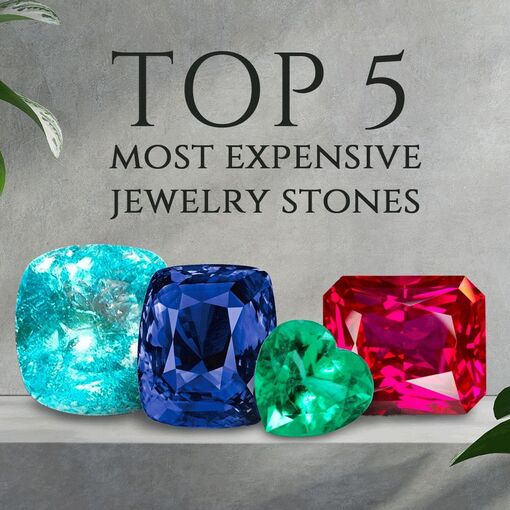Diamond is a symbol of eternity and indestructibility. However, in recent years, colored gemstones are beginning to win back the title of the most expensive minerals. Larion Kantor, an expert in the field of jewelry and founder of Larion Kantor, tells us which of them are now overtaking diamonds in price.
Ruby
A rich-red stone with a sparkling light that flashes in the sunlight with every movement. This is what a Burmese pigeon-blood ruby looks like. Nowadays, these minerals have become a real rarity. Almost all of the stones that are mined in Burma undergo a process of refinement, that is, an artificial enhancement of their aesthetic properties. But it is the natural, unenhanced rubies that become the target for collectors and investors. The price of such stones weighing 1 carat went up from $7,500 to $15,000 in 2021, and those weighing over 3 carats usually end up at auction, where they can fetch tens of times more than the estimates.
The most expensive Sunrise ruby was sold at a Sotheby's auction in Geneva in 2015 for $30.3 million. This 25.59-carat stone broke the record price per carat: $1,185,000.
Alexandrite
Alexandrites are chameleon stones. They are able to reverse the color depending on the light. This quality is called color reversal, and it is especially noticeable in Russian alexandrites from the Malyshevskoye deposit in the Urals.
They may get dark-green shades in the daylight and crimson-red in the artificial light. Some types of lighting can give a bluish cast to these stones. Unfortunately, the mining of these minerals in the Urals is practically stopped because the deposits are worn out. But the stones from private collections still make their way to the market.
The most expensive Ural alexandrite weighing 21.41 carats was sold at a Christie's auction in 2014 for $1.47 million. The value of one carat was $70,000.
Paraiba tourmaline
This variety of tourmaline takes its name from the Brazilian state where the blue-green mineral was first discovered in 1988. Paraiba tourmaline owes its unique coloring to a combination of two elements, copper and manganese, which together create the effect of neon glow.
The most expensive and largest tourmaline Paraiba is called "Ethereal Carolina Divine Paraiba." This stone weighing 192 carats was the centerpiece of the jewelry house Kaufmann de Suisse necklace valued at 125 million dollars.
Sapphire
Sapphires are the siblings of rubies. Sapphires are one and the same mineral, corundum, and differ in the admixtures that determine the color of the stone. The sapphires come in a wide variety of hues, ranging from deep blue to orange-yellow.
The most precious stones are the unheated ones that have not been refined. Nowadays, the price of one such three-carat sapphire costs up to $30,000 per carat. The most expensive piece was the 392.52-carat Blue Belle of Asia sapphire. It was sold in 2014 at Christie's for $17.3 million, which amounted to $44,000 per carat.
Another favorite among sapphires is the orange-pink sunset sky-colored corundum called "Padparadscha," which means "lotus color."
The most expensive item containing a Padparadscha sapphire was a ring with a 28.04-carat stone. It was sold at Christie's auction in 2017 for $2.47 million.
Emerald
This mineral boasts perhaps the largest variation of prices for individual stones. The reason is that natural emeralds almost always contain a lot of cracks and are oiled to enhance their aesthetic properties. Every year it is more and more difficult to find non-greased, gem-quality or investment-grade stones. Moreover, the color of a stone plays an important role in determining its price. The most valuable are the "Vivid Green" from the Muzo mine in Colombia. The price of such stones has four times increased in a year. A five-carat emerald rose from $10,000 to $40,000 per carat, and now some pieces of this stone are way over that level.
The most expensive emerald is the 18.04-carat Rockefeller Emerald. This Colombian emerald with no trace of refinement was sold in 2017 at Christie's auction for $5.5 million ($305,000 per carat), exceeding the preliminary estimate by four times.
The price of each of these minerals increases by tens or even hundreds of percent each year, making them attractive not only to collectors but also to investors. And the growing demand as the deposits are depleted shows that the desire to possess something truly unique is always in vogue.
Larion Kantor
+972 53-963-6278
Source: Story.KISSPR.com
Release ID: 584324

